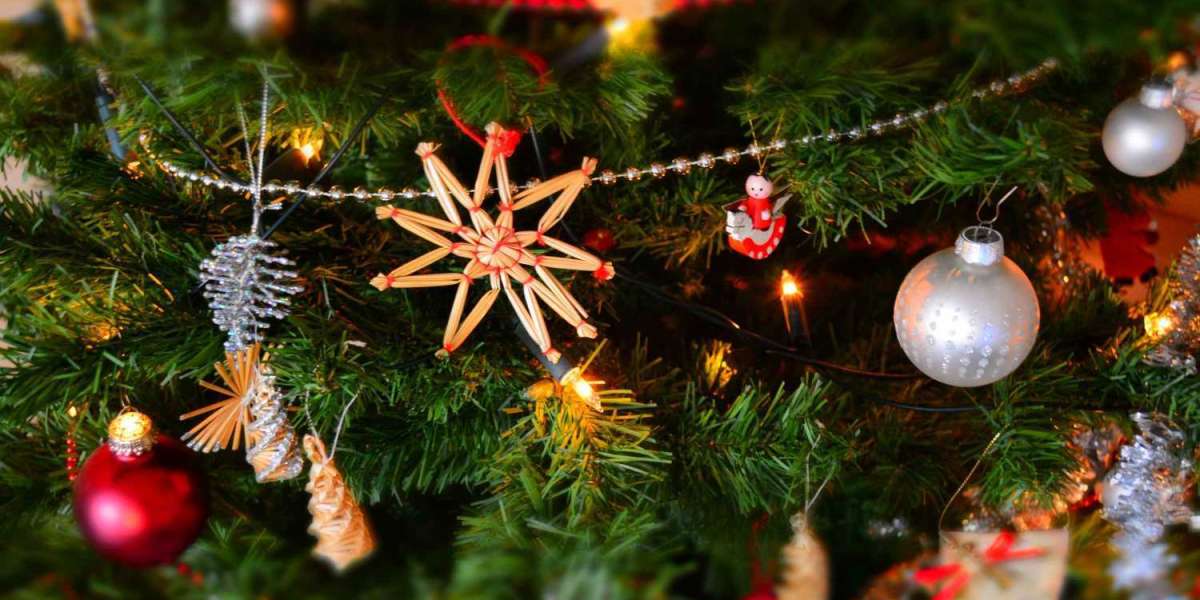Sporran. It's one of those strange words that everyone's heard but not so many people could positively define. Outside of Scotland that is.
Within its native land, as a key component of the national dress of Scotland, the sporran is revered as much as the haggis or scotch whiskey. But what is it exactly?
A sporran is the pouch worn hanging down at the front of the kilt (The word simply means purse or pouch in Gaelic). It hangs from the sturdy leather belt that secures the kilt in place. As kilts have no pockets, the sporran was developed for the Scotsman to store his belongings.
Other than this pure utilitarian use, the sporran adds a bit of style too, especially if adorned or decorated in clan colours.
Sporrans originated as a doeskin bag which contained ammunition or daily rations for Highland warriors. Records dating back to the 12th century describe them with a small bag hanging at the front of their bodies. The genuine sporran, however, didn't come into being until after the kilt was developed in the 16th century.
Over the centuries, sporrans became more elaborate. Leather was replaced with badger, seal or ermine skins and they were fitted with clasps of brass or silver sometimes with fancy designs. Sometimes tassels made of fox or horse hair were added.
The opening of the sporran, known as the cantle, was attached to the top by leather thongs. A vestige of this design remains in the modern sporran in the form of the leather tassels and chains.
The modern sporran is now a highly ornamental accessory worn for formal occasions such as weddings and national days.
Sporrans are of three general types. Daywear sporrans are made of leather and are worn as informal dress. Dress sporrans are more elaborate. They are made from sealskin, rabbit, badger or otter. These are worn purely for formal events. Finally there are semi dress sporrans which are a blend of the two.
And how are sporrans worn? Sporrans are worn over front of the kilt in the centre of the body. The top is positioned a hand's breadth below the waist belt buckle. Certain etiquettes apply to sporran behaviour for formal occasions. For example, while sitting down to dine; the wearer should move his sporran to an unencumbered hip. This allows him to place a napkin and keeps the sporran out of harm's way.
Meanwhile for traditional dancing, the sporran belt should be hiked up a few notches.
With its centuries-old tradition, you'd think the sporran was untouchable. But sporran wearers got a shock recently. New legislation introduced in Scotland this year required wearers to have licenses for their sporrans. The law is meant to protect endangered species such as otters whose fur is sometimes used to make sporrans. The legislation applies to animals killed after 1994. In order to get a licence, applicants need to prove that the animal was killed lawfully.
A famous wearer of the sporran is screen legend Sean Connery. The Scottish actor was presented with a silver sporran on a visit to Edinburgh last year. He donated it to the Edinburgh Film Festival with instructions to set up a new award.
So what of the future of the sporran? Nowadays, even in Scotland herself, traditional dress including the sporran is reserved for weddings, funerals and other special events. But the Scots are very proud of their heritage. And as an item that reinforces the genuine traditions of Highland culture, the sporran is likely to be worn for a long time to come.








